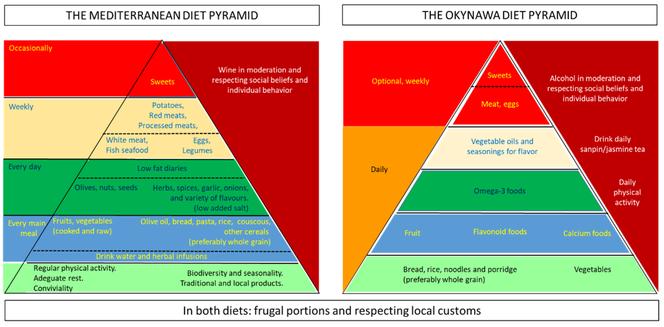Secondary prevention following Myocardial Infarction (MI) has been emphasized in the current guidelines. Since heart diseases play the main role in economic and health burdens of diseases in most countries, diet and lifestyle improvement as a part of secondary prevention has been recommended to improve the risk factors of Coronary Heart Disease (CHD) [1]. Although several studies have evaluated the association between diet quality and CHD, heterogeneous results of a large number of studies have confused healthcare professionals regarding proper recommendations adjusted to risk factors, [2, 3]. Thus, identification of diet quality in patients with MI can provide detailed information to choose proper recommendations in clinical practice based on individual risk factors. Furthermore, limited studies have been conducted on the relationship between Diet Quality Index-International (DQI-I) and its subscales (variety, adequacy, moderation, and balanced diet) and CHD risk factors among patients with MI [4]. The dietary problems recognized by the DQI-I may be valuable in developing strategies to enhance public health prevention program [5]. Hence, the evaluation of the relationship between diet quality indicators and cardiovascular risk factors may help improve secondary prevention programs at both national and local levels.

Contradictory results have also been obtained in large prospective cohort studies examining the association between CHD and diet. Such conflicting results have caused confusion among healthcare providers regarding CHD prevention strategies and advice for MI patients. For example, previous studies indicated that Saturated Fatty Acid (SFA) was related to increased LDL cholesterol level as a CHD risk factor. Therefore, health providers have been recommended to decrease the food sources of SFA. Nonetheless, at least three major review studies showed no relationships between SFA and CHD [6,7,8]. On the other hand, some studies recommended that the substitution of carbohydrates with SFA could be advantageous in the improvement of lipid profiles [9]. In contrast, Mozaffarian et al. revealed an increase in the CHD risk factors after replacing carbohydrates with SFA in the diet [10]. Therefore, further research is required to determine the association between DQI-I and its subscales (variety, adequacy, moderation, and balanced diet) and CHD, which can provide important information for resolving the aforementioned conflicting results.
The association between diet and CHD is very complex and cannot be attributed to a single food item or nutrient [11, 12]. Besides, indices fore the assessment of the relationship between diet and CHD risk factors have changed over time. Historically, research on the relationship between diet and CHD focused on a single food or nutrient [4]. Accordingly, dietary risk factors for CHD were high-SFA diets and low intake of Polyunsaturated Fatty Acids (PUFA), Monounsaturated Fatty Acids (MUFA), vegetables, fruits, and fiber. More recently, however, the focus has shifted towards the indicators of overall diet quality and dietary patterns to present the nature of diets in the population [12,13,14]. In this context, diet quality subscales such as variety, adequacy, moderation, and balanced diet that assesses the multidimensional components of the diet, are useful in describing the diet quality and providing the quantitative measures of overall intake relative to dietary guidelines. They can also be used to evaluate the association between diet and risk of chronic diseases [13]. For instance, Carmen Fernandez et al. demonstrated that variety was associated with Body Mass Index (BMI). Thus, dietary variety was recommended for improving BMI. Overall, using diet quality indices, researchers and clinicians have been able to develop a comprehensive approach in diet modification in secondary prevention and to tailor the message based on every risk factor amongst patients with MI. Overall, studies have indicated that CHD risk factors influenced diet. Since limited studies have been done on the relationship between dietary variety, adequacy, moderation, and balanced diet as diet quality indices and cardiovascular risk factors among patients with MI, the present study aims to assess the association between dietary variety, adequacy, moderation, and balanced diet and CHD risk factors to provide insight as to where diets need to be improved and to tailor the message based on every risk factor.
